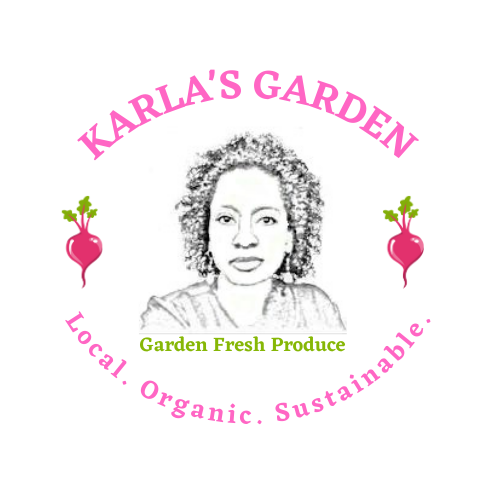Mulching is the best way to maintain a healthy, weed-free garden. It provides a buffering layer between the soil and the world above. Mulch keeps the soil moist longer by slowing the evaporation process and keeps the soil loose instead of dry and hard so shallow-growing plant roots have more soil in which to grow. So, here’s our beginner’s guide to mulching.
What Is Mulch? Anything used to cover the soil and improve plant growth is considered mulch. Here we will take a look at some different types of organic mulch and how to apply them.

| Material | Benefits | When and How to Apply |
| Grass Clippings | Holds in moisture and builds soil structure. | Add a thin layer of dried clipping (1-4 inches) to prevent matting. |
| Pine Needles | Increases acidity and suppresses weeds. | Apply 2-4 inches around trees. |
| Straw or Hay | Builds soil structure and keep soil cool and moist. | Apply 4-6 inches at planting time. |
| Shredded Paper | Suppresses weed and help hold in moisture. | Apply in thin layer as it can mat when dry. |
| Wood chips | Hold moisture | Apply 2-3 inches around trees. |
When selecting your mulching material, consider where it will be used. Remember to leave a 1-2 inch space between mulch and the plant’s main stem to prevent pest and disease problems.
I find wood chips work best in pathways and around trees and shrubs instead of in my beds to control weeds and add a decorative look.
The best type of vegetable garden mulch is lightweight, organic material. These materials break down quickly, feeding the soil as they decay, and are less expensive as you can find these materials around the garden.
You can also use Inorganic mulches such as landscape fabric, plastic sheeting, or tarps, but these options are more costly.
Take a look at my article on Understanding Your Soil to understand more about soil health. Follow us on Instagram for creative gardening ideas.

